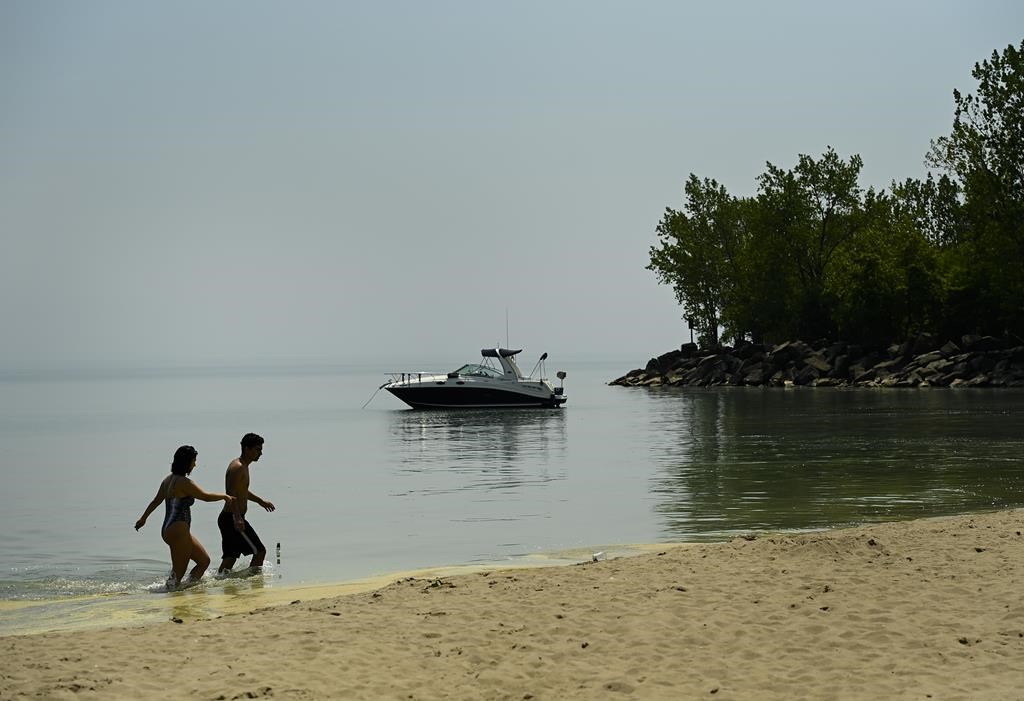Infra
Every Toronto beach currently unsafe for swimming due to high E. coli levels

All of Toronto’s beaches are currently deemed unsafe for swimming due to high E. coli levels following the heavy rains that drenched the city, causing widespread flooding and power outages.
All 10 supervised public beaches have a red flag status.
“It can be unsafe to swim, even at designated swimming beaches, for 48 hours after a rainfall due to the possible presence of high levels of bacteria that could pose a risk to human health,” the City notes on its website.
Swimming in waters with high E.coli levels exposes bathers to an increased risk of infections, including ear, eye, nose, throat and skin infections.
If the water is ingested, it may cause severe vomiting and diarrhea.
Young children, the elderly and people with weakened immune systems are at a greater risk for serious illness from infected waters.
Every year between June and September, the City of Toronto’s Parks, Forestry & Recreation division collects daily water samples from Toronto’s supervised public beaches to be tested for E.coli bacteria.
The city’s beach water quality standard is 100 E.coli per 100 mL of water, which it says is the most rigorous standard in the world.
Toronto aging infrastructure is partly to blame when E. coli levels surge, notably combined sewers built as long as a century ago. A combined sewer means there’s only one pipe that carries both sewage and stormwater.
“During periods of heavy rainfall, combined sewers may fill beyond capacity, causing a combined sewer overflow,” the City’s website says.










